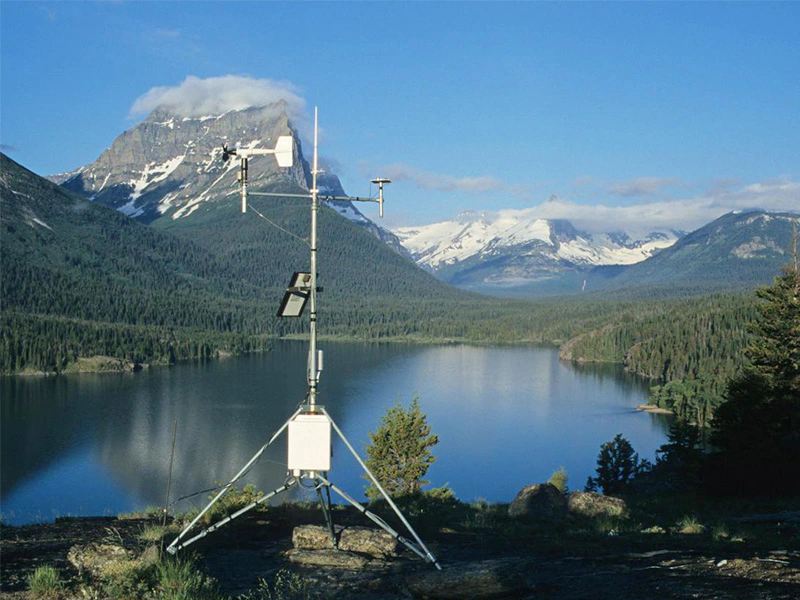
# Meteorological Station: Essential Infrastructure for Weather Monitoring and Forecasting
## Introduction to Meteorological Stations
A meteorological station is a facility equipped with instruments and equipment to observe atmospheric conditions and weather phenomena. These stations play a crucial role in collecting data that forms the foundation of weather forecasting, climate research, and environmental monitoring.
## Key Components of a Meteorological Station
1. Temperature Measurement
Meteorological stations typically feature thermometers housed in Stevenson screens to measure air temperature accurately while protecting instruments from direct sunlight and precipitation.
2. Precipitation Gauges
Rain gauges measure liquid precipitation over a set period, while snow gauges and weighing-type precipitation gauges handle solid precipitation. Advanced stations may use tipping bucket rain gauges for automatic measurements.
3. Wind Measurement Instruments
Anemometers measure wind speed, while wind vanes determine wind direction. Modern stations often use ultrasonic anemometers that can measure both parameters without moving parts.
4. Atmospheric Pressure Sensors
Barometers record atmospheric pressure, which is crucial for weather prediction and altitude determination. Digital barometers have largely replaced traditional mercury barometers in modern installations.
5. Humidity Sensors
Hygrometers measure relative humidity, often using capacitive or resistive sensors in contemporary stations. Some stations also measure dew point temperature.
## Types of Meteorological Stations
Surface Weather Stations
These ground-based installations provide the most common weather observations, measuring parameters at or near the Earth’s surface.
Upper-Air Stations
Using weather balloons (radiosondes), these stations collect data about atmospheric conditions at various altitudes, crucial for understanding weather systems.
Automated Weather Stations (AWS)
Unmanned stations that automatically collect and transmit data, often in remote locations where human observation isn’t practical.
Marine Weather Stations
Installed on buoys, ships, or offshore platforms to monitor weather conditions over oceans and large water bodies.
## Importance of Meteorological Stations
Meteorological stations serve multiple critical functions:
- Providing data for weather forecasting models
- Supporting aviation safety through accurate weather reports
- Monitoring climate change indicators
- Assisting agricultural planning and operations
- Supporting disaster preparedness and early warning systems
## Technological Advancements
Modern meteorological stations incorporate advanced technologies:
- Automated data collection and transmission systems
- Satellite communication for remote stations
- Improved sensor accuracy and reliability
- Integration with radar and satellite data
- Machine learning applications for data quality control
## Challenges and Future Directions
While meteorological stations provide invaluable data, they face challenges including:
- Maintenance requirements in harsh environments
- Data gaps in remote regions
- Urban heat island effects on measurements
- Funding constraints for network expansion
Future developments may include:
- Expansion of automated station networks
- Integration with IoT devices for hyperlocal data
- Improved energy efficiency with solar power
- Enhanced data assimilation techniques
## Conclusion
Meteorological stations remain fundamental infrastructure for understanding and predicting weather patterns. As technology advances, these stations continue to evolve, providing more accurate and comprehensive data to support weather forecasting, climate research, and numerous weather-dependent activities worldwide.
Keyword: meteorological station